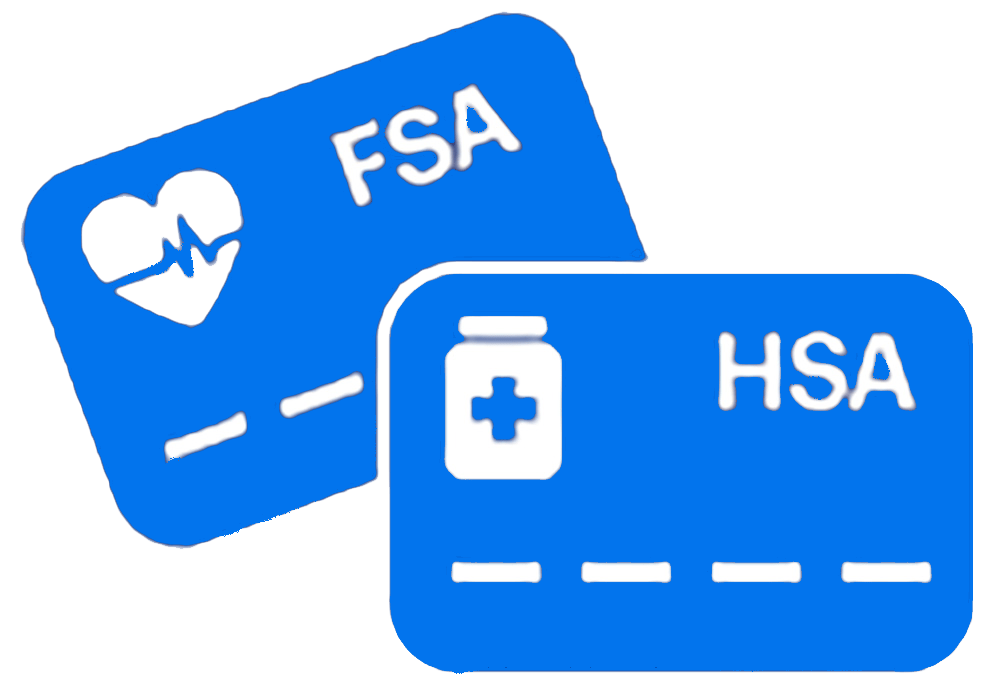Intravenous is administering fluids in a bag connected to an intravenous line to your vein. However, how the IV is applied should be regulated to control how fast or slow the amount of fluid is being received intravenously. Treatment clinics have this tool to administer patients with electrolytes, fluids, vitamins, and other nutrients.
Fluids and nutrients are administered for numerous reasons. Critical control is required for the amount that is being administered. Doctors working in hospitals and treatment centers are well trained to know the speed at which fluids are supposed to be flowing to your veins.
Without proper control, the rate of fluid administration may be wrong since the fluids rely on gravity. Without regulating the amount flowing, a patient can receive either too little or too much fluid. The speed of fluid flow in an IV is either adjusted by the use of an electric pump or manually. Regardless of how the IV fluid is being regulated, medical caregivers i.e., nurses and doctors, must double-check the rate of the flow.
Why should IV fluids be regulated?
There are numerous reasons why fluids are administered intravenously. Many treatments rely on IV delivery.
They include:
• Rehydration therapy when a patient is recovering from a condition or a tedious activity
• Cancer treatment delivering chemotherapy drugs
• Treatment of infections utilizing antibiotics
• Management pain i.e., migraines and headaches
Treatment for all these conditions involve fluids with sugar, vitamins, electrolytes, nutrients, anti-nausea and anti-inflammatory agents and medications that are combined in specific concentrations depending on the need of a patient.
The quantity and the rate of intravenous fluid administered will depend on the medical condition of a patient, age, and body size. Regulating the rate and amount of fluid dripping from a bag down through an IV to your vein is crucial. Some complications might occur when you receive fluids too quick or too slow. Health caregivers know how to control fluids.
The various types of regulating Intravenous Fluids
There are two main ways of regulating the rate and amount of fluids being administered during IV therapy. They include using an electric pump and manual control. Both techniques require the health personnel to check the IV regularly, ensuring you receive the right amount of fluids.
Electric pump
The rate of flow in an IV can be regulated using an electric pump. The pump is modulated to deliver the correct amount of fluid into your IV.
Manual Regulation
The rate and amount of fluids flowing from the bag into an IV can be modulated manually. The nurse or doctor can increase or decrease the pressure at the clamp that is put on an IV tube to either speed or slow the rate of flow. Health caregivers can even count the number of drops flowing every minute to determine whether the amount and rate are correct. If an adjustment is needed, they can do it effortlessly.
What you can expect when being administered fluids via IV
The doctor first assesses the type of fluid that you require for treatment, as well as the rate and amount at which the fluid will be delivered. After that, the nurse thoroughly disinfects the skin where the injection will go through.
This is mainly done on either of your hands. However, it can be elsewhere on the body. A vein is located on the site disinfected, and then an IV catheter is inserted. You shouldn’t be afraid; it only stings a little when the catheter is going in. Afterward, there should be little or no pain at all.
The nurse then adjusts the IV, either using an electric pump or manually and set it at the appropriate rate. The nurse will be coming back to check on you regularly to ascertain you are doing okay and that the IV is delivering fluids as expected. If the IV requires adjustments, the nurse will see it corrected.
Some medications can be administered using your IV line, not specifically using a bag full of fluids. A syringe can be loaded with drugs and then pushed in very slowly. This is a very tricky exercise that only trained nurses and doctors are allowed to practice.
When administering the IV yourself, ensure you disinfect the site the IV catheter is being inserted to avoid infecting the wound and blood. You should also check the vein; properly ensure it’s not dislodged. You should not go through all this hassle while we can provide quality treatment for you. This is our job, meaning we are experts in this field. If you require any procedure that requires an IV, please visit or call us at 205-352-9141.










